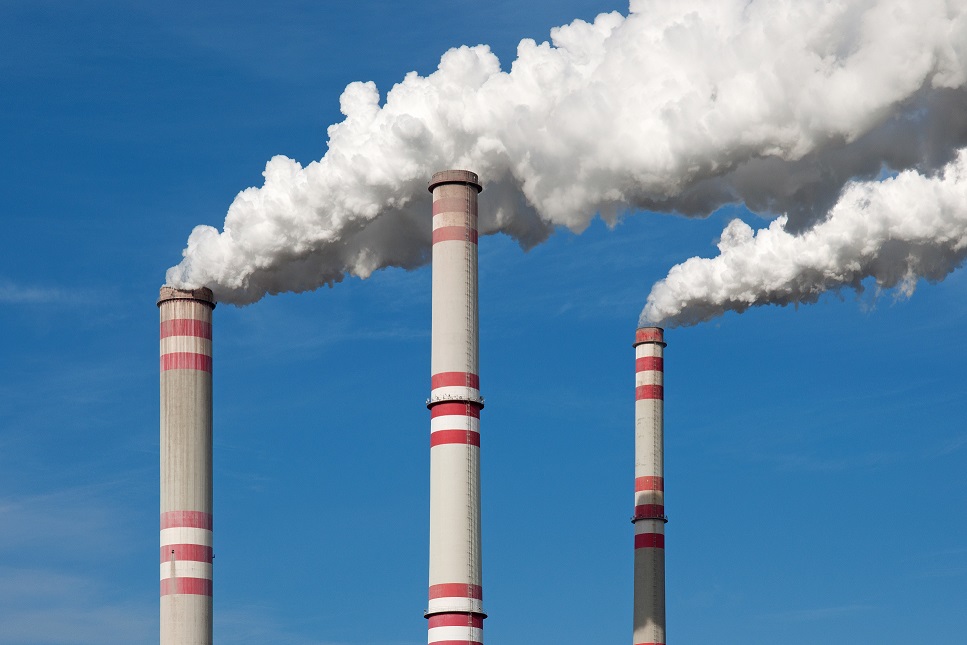Ambient air pollution is a leading cause of excess mortality around the world [1], with long-term exposure increasing the risk of chronic respiratory disease and compromised immunity, as well as COVID-19 infection and severe outcomes in patients globally.
Air pollution is caused by a number of different sources, such as forest fires, sandstorms, the burning of solid fuels, and vehicle exhaust fumes. Fine particulate matter (PM2.5), widely recognized as harmful to human health, are low lying airborne particles measuring up to 2.5 microns (μm) in size, made up of nitrates, sulfates, ammonium, and carbon.
High levels of air pollution affect the immune system’s ability to fight infection, making it more likely that people living in affected areas will contract airborne viruses and contribute to the spread of disease. Nationwide lockdown measures, in an effort to contain the spread of COVID-19, favourably and directly impacted levels of air pollution, with cities across the world recording much lower levels of PM2.5.
Long-term exposure to air pollution increases the risk of non-communicable diseases such as chronic obstructive pulmonary disease (COPD). The respiratory tract is the first point of contact with airborne particles and the resulting irritation can lead to an inflammatory response in the lungs. Systemic effects may lead to increased coagulability, cytokine release, and an increased risk of cardiovascular events, as has been seen in some patients with COVID-19. [2]
Studies have shown that patients with COPD are more likely to suffer severe symptoms of COVID-19 due to underlying immunodeficiency, and are at an increased risk of death. Severe symptoms include viral pneumonia and complications such as acute respiratory distress syndrome (ARDS), which has a mortality rate ranging from 27%-45%. [3]
Parts of Northern Italy and Madrid have been found to have high concentrations of PM2.5. In Northern Italy, COVID-19 death rates were about 12%, compared with 4.5% in the rest of the country. Ogen’s study of long-term exposure to air pollution and COVID-19 fatality in France, Germany, Italy, and Spain, found that out of the 4,443 fatalities (78%) occurred in five of the 66 regions included in the study. Four of these were in Northern Italy (Lombardy, Emilia-Romanga, Piedmont, and Veneto) and one was in Central Spain (Comunidad de Madrid). The same five regions showed the highest nitrogen dioxide (NO2) concentrations, another toxic component of air pollution. [4]
In the U.S., Wu et al’s study on deaths from COVID-19 found a much higher risk of death in areas with higher past average PM2.5 pollution levels. A 1 µg/m3 increase in long-term PM2.5 exposure was associated with an 8% increase in the COVID-19 mortality rate. [5] A previous study by the same author of 60 million Americans who were 65 years or older found that a 1 µg/m3 increase in PM2.5 exposure led to a 0.73% increase in all-cause mortality. This small increase in pollution levels resulted in an 11 times greater increase in all-cause mortality for patients with COVID-19 infection. [6]
This increased risk of severe illness and death in areas with high levels of air pollution is not just associated with COVID-19, but also emerged during the Severe Acute Respiratory Syndrome (SARS) outbreak in 2002-2004 and the 1918 Spanish flu pandemic. [3] During the SARS outbreak, locations in China with a moderate or high long-term air pollution index (API) had a SARS case fatality rate of 126%, 71% higher than locations with a low API. Other studies have shown increased PM2.5 exposure was associated with mortality during the H1N1 influenza pandemic in 2009. [6]
A recent meta-analysis by Alqahtani et al examined the severity of symptoms and mortality from COVID-19 in COPD patients. They found that 63% of COPD patients with COVID-19 had severe symptoms compared to 33.4% of COVID-19 patients without COPD. The overall mortality rate in COVID-19 patients with COPD was 60%. [7] A separate meta-analysis by Lippi and Henry studied the severity of symptoms in COPD patients diagnosed with COVID-19 and found that COPD patients had a more than a five-fold increased risk of severe COVID-19 infection (OR 5.69). [8]
Recent figures published on June 15, 2020 by the U.S. Centers for Disease Control and Prevention (CDC) show that hospitalisations were six times higher and deaths were 12 times higher among COVID-19 patients with a reported underlying condition, 17.5% of whom had chronic lung disease. [9]
Summary
Current high levels of air pollution around the world are contributing to increased rates of chronic respiratory disease and impaired lung function in people of all ages. Many of the diseases that are caused by long-term exposure to air pollution are the same diseases that increase the risk of severe illness and death in patients with COVID-19. Even a small increase in PM2.5 leads to an increase in the COVID-19 death rate, and failure to reduce levels of air pollution could potentially increase not only infection rates of COVID-19, but the numbers of people who die from the virus in the long-term.



